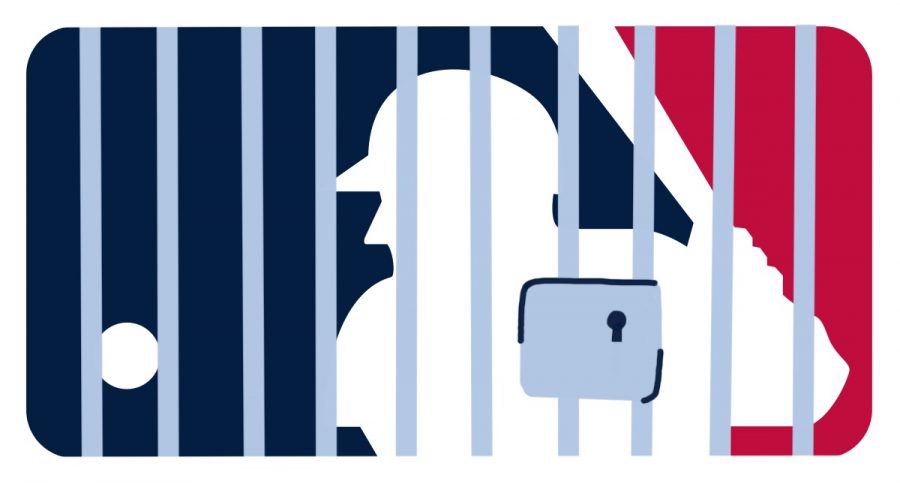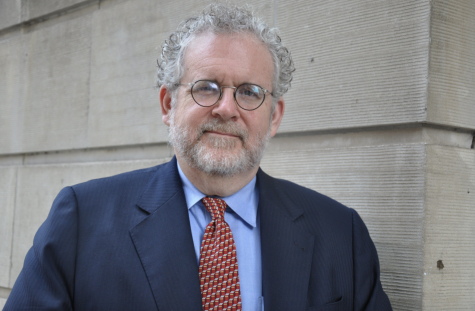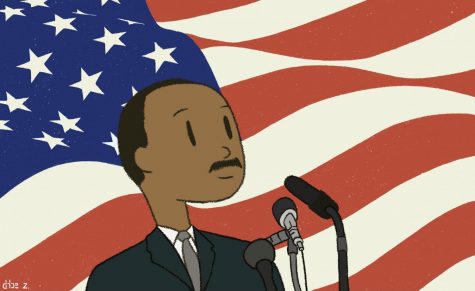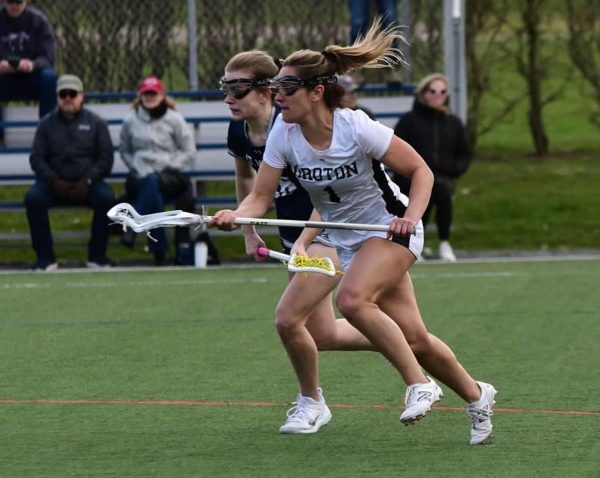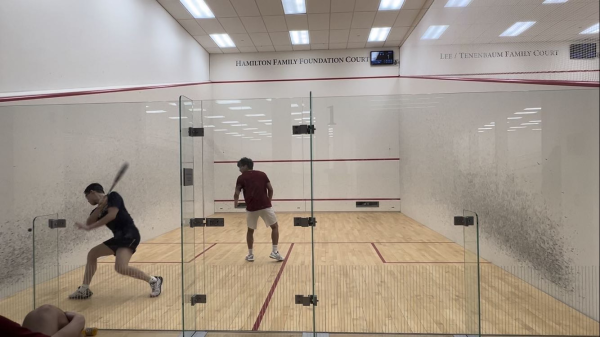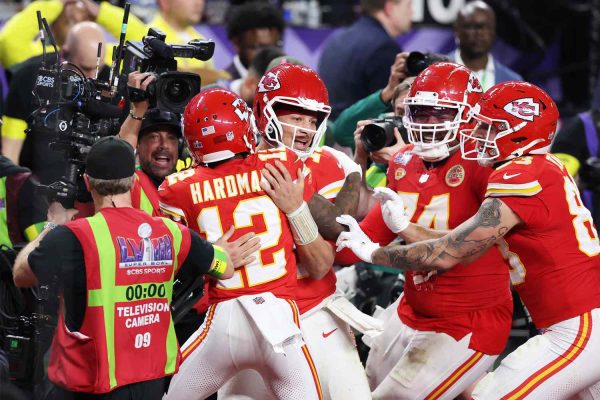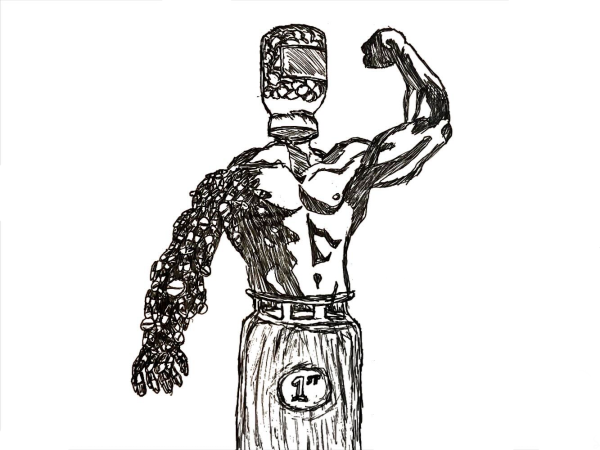Compensate or Don’t Operate: Resolving the MLB Lockout
Effective December 2nd at 12:01 am, all 30 team owners unanimously agreed to a work stoppage, marking the start of Major League Baseball’s first work lockout since 1995. Major League Baseball operates as a joint entity between the MLB Players Association (MLBPA) and MLB. A Collective Bargaining Agreement must be agreed to by both groups and is typically renewed every ten years. The two sides convened in Dallas for three days, in an effort to negotiate new terms to game rules and salary rates based on increasing league service years. However, at 12:01 am on December 2nd, the current CBA expired and no agreement was reached. Therefore, Major League Baseball is rendered non-existent and all club operations including physical therapy offered to players have been halted.
To set a basic foundation for the primary discrepancies between the MLBPA and the MLB, the MLBPA is looking to increase financial earnings for players in the early stages of their careers, which would be around 23 to 24 years of age. Meanwhile, the MLB is looking to retain the current salary structure, which restricts player earnings in the first six years of service in the Major league.
The predicament with gradual financial earnings must be renegotiated. Typically, MLB players are promoted to the Major leagues from ages 20 to 21, with many other players such as New York Mets star pitcher Jacob DeGrom joining the league at 25. All players must obtain a service time of 6 years before reaching complete free agency, where players and their agents can explore megadeals such as Mookie Betts’ 12 years $365 million deal with the Los Angeles Dodgers last offseason. Before the six years, however, players must go through processes of salary arbitration, where players often do not make significant earnings. As a result, many players play in their prime only earning salaries of $3 million a year and then fall out of their prime as soon as they enter free agency.
A prime example is retired star pitcher Tim Lincecum, who pitched with the San Francisco Giants. From ages 22-26, during his service years under team control, he ranked first in the National League for three consecutive years for strikeouts from 2009 to 2011 and won various accolades: Sporting News Pitcher of the Year Award in 2008, Clutch Performer of the Year finalist in 2009, two straight Cy Young National league Pitching Honors in 2008 and 2009, and postseason Most Valuable Player in 2010. In the following years, however, Lincecum’s earned run average (ERA), which calculated runs scored on per nine innings, never dropped under a 4; in his past years of success, he had tallied ERAs ranging only in the 2s, which is considered elite. Upon his departure from the Giants, Lincecum had a terrible season with the Los Angeles Angels, with his ERA reaching 9. The MLBPA seeks to change this in a new collective bargaining agreement with the MLB. Lincecum is only one of the many players who lost out on millions of dollars that they could not earn during their team-controlled service years.
Aside from the central issue of salaries, the MLB and MLBPA will have to agree to the various terms concerning the MLB most. The decisions will include in-game components such as expanded playoffs that entail more teams qualifying to play in the postseason, but also other matters such as luxury taxes, which are taxes levied on teams who exceed a salary budget that will be predetermined by the new agreement. Regardless, Major League Baseball must listen to the Players’ Association’s intent to restructure salaries in the early years of a player’s career. Currently, while the MLB insists that giving young players unrestricted deals tilts jurisdiction and power between the MLBPA and MLB to the MLBPA, without the agreement, games could be missed and, more, the tremendous industry that the MLB has been for the United States could crumble.


